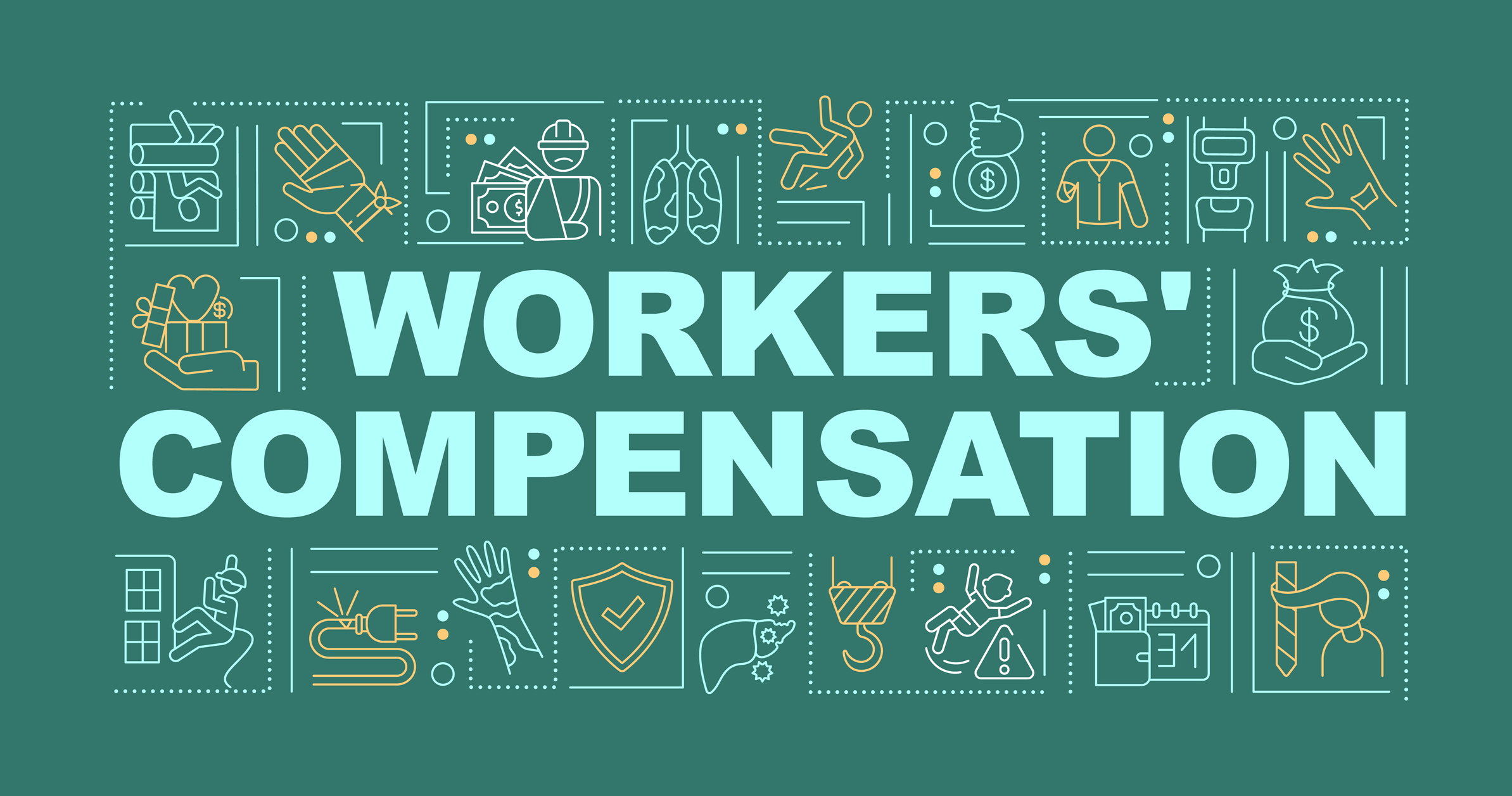The New Jersey Compensation Rating and Inspection Bureau received approval from the Department of Banking and Insurance for a rate revision of -3.9% to become effective Monday, Jan. 1, 2024, applicable to new and renewal policies. The NJCRIB distributed Circular Letter No. 2058 detailing this rate revision, along with other changes presented in Manual Amendment Bulletin No. 512.
Rate level
The cumulative effect of all filed rating element changes results in a final collectible premium level reduction of 3.9%. However, most individual classification rates will change based on the latest data reported in accordance with the Statistical Plan. The classification rates are published in Circular Letter No. 2058.
The elements included in the cumulative overall rate level are upward adjustments of 4.6% for loss experience, 1% for benefit changes and 0.4% for the loss adjustment expense, general expense, production expense, security fund and the rating bureau expense. Countering these are a downward adjustment of 9.8% for trend factor.
The following are average rate changes by industry group: Manufacturing -3.8%; Contracting -3.4%; Office & Clerical -3%; Goods & Services -4.5%; and Miscellaneous -3.5%.
There is no change in the $0.03 per unit of exposure Foreign Terrorism Risk Premium Charge and the $0.01 per unit of exposure Domestic Terrorism, Earthquakes and Catastrophic Industrial Accidents Premium Charge.
Classification relativities
The year 2024 begins with a total of 550 classifications, including maritime and federal employments. Seven of these do not carry a rate assignment and another nine of the rated classifications are left unchanged. Of those classifications remaining, 183 undergo increases and 351 undergo decreases. There is no change in rates for private residence employees.
Policy surcharges
There is a downward adjustment of the Second Injury Fund surcharge from 5.61% to 4.19% and the Uninsured Employers Fund surcharge remains at 0%.
Expense constant
The expense constant remains at $160 for all classifications, including residence employees.
Minimum premium
The minimum premium multiplier increases from 250 to 270, and the maximum minimum premium increase from $1,000 to $1,100.
Maximum/minimum payroll
The maximum weekly payroll to be used for active executive officers, individual proprietors, partners and LLC members changes from $3,150 to $3,240, and the minimum weekly payroll changes from $790 to $810. Also, the minimum yearly payroll for a member of a board of education changes from $8,220 to $8,420, and the minimum for other appointed or elected officers changes from $1,640 to $1,680.
Benefits
The maximum weekly disability benefit is increased from $1,065 to $1,099 to $1,131 and the minimum benefit is increased from $293 to $302. In the case of permanent partial disabilities, the range of maximum benefit will be from $302 to $1,131, with no change in the minimum weekly benefit of $35.
PPAP factor
The Plan Premium Adjustment Program minimum factor is applied to standard premium in order to reflect the risks inherent in the residual market. This factor remains at 20%.
Schedule Rating Plan
The schedule rating credit and debit maximum remains at 25%.
Classifications
Payroll amounts have been revised in the footnotes of pertinent class codes.
Other changes
Included with the NJCRIB filing are changes to experience-rating factors/tables and retrospective rating values.

Dan Corbin, CPCU, CIC, LUTC
Dan Corbin joined the PIA team in 1992 and is the association’s director of research. His insurance background spans 45 years, with varied experience as agency owner, commercial service representative, producer, personal-lines manager and insurance specialist for a mortgage lender. Each year, he responds to approximately 800 technical inquiries from members. Dan is a member of the Chartered Property Casualty Underwriter Society and the Society of Certified Insurance Counselors. On Jan. 1, 2021, he became a contracted provider of membership services.





